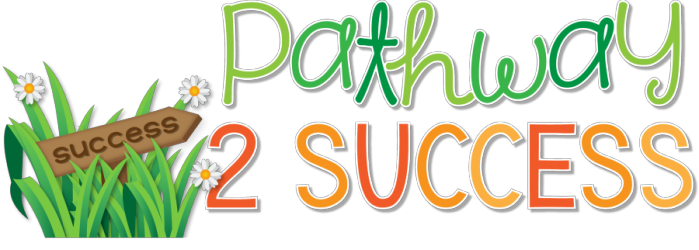
Social-emotional learning is important. Without a doubt, it’s the foundation for everything from working well with others and building strong relationships to developing study strategies and persevering through challenges. SEL is all around us. And these are skills children and young adults need to be successful.
With that said, teachers are busy. Sometimes there is not enough time to teach full SEL lessons or dedicate a block of time to morning meeting. The good news is that there are many ways to integrate quick and meaningful SEL activities into the day.
Here are some 5-minute SEL ideas teachers can use in the classroom:
1. SEL Journal Writing
Choose a SEL-focused prompt and allow students to respond in their journals. If time allows, give time and space to share responses so students can learn from each other.

2. Kindness Share
Spend a few minutes sharing what kindness students have seen or experienced that day. This is a healthy way to cultivate kindness and a positive classroom climate.

3. SEL Whiteboard Message
Post one SEL whiteboard message up on the board. These can be written out or projected with a projector. My favorite technique for whiteboard messages is to allow students to write short answers to the question right on the board. Review answers and discuss before moving on.

4. Positive Affirmations
Positive self-talk is a powerful tool for all learners. Have students read a few positive affirmations each morning. They can create their own list of favorite statements, or you can introduce a new phrase each day. Try these free positive affirmation lists to get started.

5. SEL Choice Board Activity
Choose one activity from your SEL choice board to complete each day. Many of the activities can be done in just 5 (or 10 minutes), making them a great way to integrate social-emotional skills in a quick and easy way.

6. Success Share
Gather and share your wins! Allow students to discuss something they’re proud of for the day or week. This gives a chance to strengthen confidence and promote a positive classroom climate.

7. Emotions Check-In
Provide a structured time to share emotions with an emotions check-in. Students can write their responses and then share aloud if they feel comfortable. Give these free emotions check-in pages a try.

8. SEL Question of the Day
Ask just one question a day to build social-emotional skills from self-awareness to decision-making (and everything in between). You can add an extension to this activity by having students talk with a group/partner or journal their response. Come up with your own daily questions or use social emotional learning task cards to save yourself time.

9. Mindful Brain Breaks
Brain breaks can be a quick pause between activities to help give our brains a boost. Use mindfulness brain breaks to create a calmer and more focused classroom.

10. Coping Strategies Break
Spend a few minutes to practice coping strategies to help learners build self-regulation skills. A few to try include mindful breathing, coloring, positive self-talk, stretches, reading, and writing in a journal.

11. End of the Day Reflection
Spend your last few minutes of the day reviewing reflection questions. This is a great way to strengthen classroom community while also learning about SEL skills that matter. Keep a reflection question list nearby to help come up with questions to discuss.

12. Gratitude Game
Choose a topic and have students share what they are grateful about that topic. For example, what are you grateful for about math? What are you grateful for about recess? What are you grateful for about nature? These discussions can build self-awareness and practice mindfulness.

13. PASTA Check-In
Use a simple 5-step check in to help students think about their emotions. Have your students pause and breathe, ask themselves how they feel, say the emotion words, think about the feelings and sit with them, and ask themselves what they need.

14. What Would You Do?
Talk about real-life scenarios and ask students, “What would you do?” For example, you might ask students what they might do if they have a lot of homework and plans with a friend. Give time for students to share ideas and learn from each other. Get started with these free social scenario cards.

15. Compliment Circle
Get together in a circle. Have one person start by sharing a compliment about someone else. Continue to give others a chance.

Give some of the quick ideas a try in your classroom!







Leave a Reply